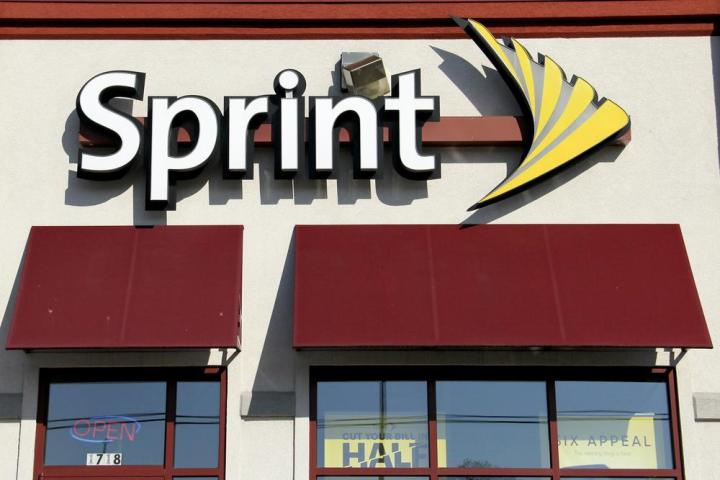
Open World is a free add-on that includes free calling and texting to Canada and Mexico. The plan also offers free unlimited calling and texting, as well as 1GB of 3G data, when traveling to Canada, Mexico, and Latin America. The 1GB of data is beyond the domestic data allotment, and overages will be billed at a rate of $30/GB. And customers will only be charged for their actual usage.
Travelers to other countries still get free texts, but will have to cough up 20 cents per minute for calls. Data will cost $30/GB, but again, Sprint will only charge for the used data.
In addition, customers in the U.S. can call Latin America, the Dominican Republic and more than 180 countries for only 5 cents per minute.
T-Mobile or Sprint?
It’s great to have choices, especially for those who like to travel. As with all carrier plans and deals, each one has its own pros and cons, and it’s up to the customers to decide what’s best for them.
Both plans offer free calling and texting to Canada and Mexico, so we will call that a draw.
Sprint is offering 1GB of data when roaming, which is in addition to whatever plan you’re on. One the other hand, T-Mobile allows you to use your monthly data allotment when roaming at no extra charge. Open World is the better option for those on limited data plans, while Mobile without Borders makes sense for those that have higher data plans because those customers have the ability to use more than 1GB of data while roaming without paying extra.
Both Sprint and T-Mobile include Canada and Mexico when roaming, but Sprint includes Latin America as well. That may or may not be important to you based on where you travel.
Then there is the whole question of CDMA vs. GSM. T-Mobile is a GSM carrier and might offer better coverage, while Sprint’s CDMA isn’t as popular. The growth of LTE is narrowing the gap though.
There are also slight differences for those of you who make a lot of calls to countries other than Canada and Mexico. Sprint’s cost of 5 cents per minute to over 180 countries is a good deal, but T-Mobile offers unlimited calling to landline phones in 70+ countries for $10 per month. Customers can also sign up for unlimited calling to mobile phones in 30+ countries for an additional $5 ($15 total). It comes down to how many phone calls you plan on making.
Just hit up the links below to get more information about each offering.
Sprint Open World
T-Mobile Mobile without Borders
Editors' Recommendations
- Have T-Mobile? Your 5G service is about to get much faster
- The T-Mobile Tuesdays app is about to get a big upgrade
- T-Mobile’s huge lead in 5G speeds isn’t going anywhere
- T-Mobile’s newest plans are exciting for new (and old) customers
- T-Mobile’s 5G is still unmatched — but have speeds plateaued?


